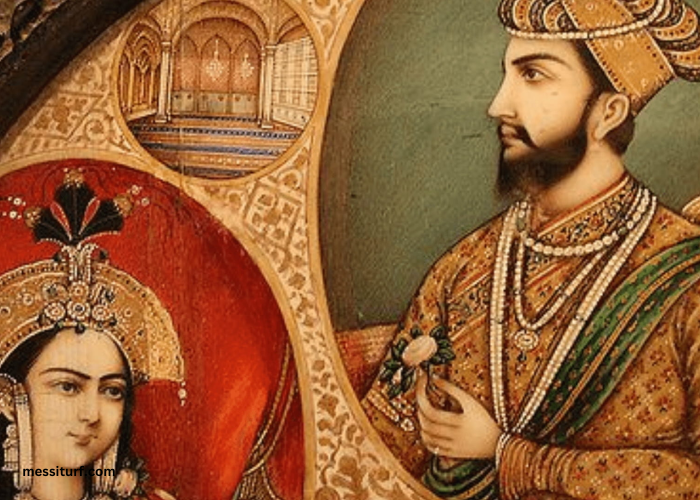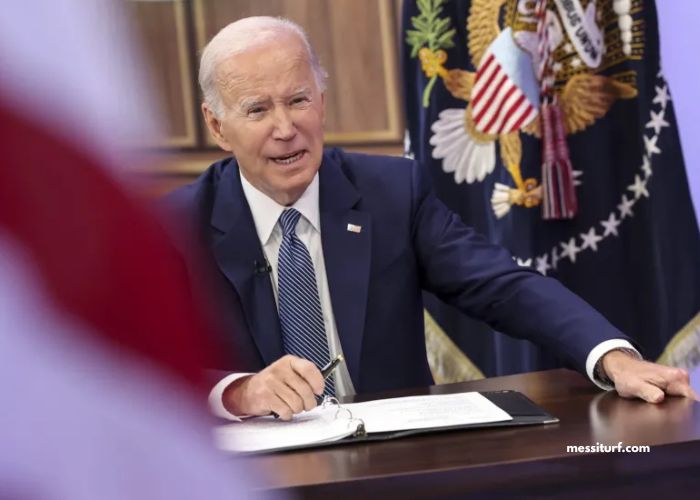In the diverse tapestry of India’s rich history, the Mughal emperors are prominent figures who have left an indelible mark on the nation’s cultural, political, and economic landscape. While these emperors ruled centuries ago, their legacies continue influencing contemporary India. It is no surprise that studying Mughal history remains a relevant and integral topic in India’s competitive exams. Factors like The advent of the Mughals, the building of the Dynasty, The Entire mughal family tree and the empire’s downfall are still relevant to most competitive and public service exams. Explore the enduring significance of Mughal emperors in the context of competitive examinations in India.
Understanding Historical Context
It’s important to understand the historical context to comprehend why Mughal emperors feature prominently in India’s competitive exams. From the early 16th century to the mid-19th century, the Mughal Empire played a pivotal role in shaping India’s destiny. Their reign saw art, architecture, and culture flourishing, with the construction of iconic monuments such as the Taj Mahal and the Red Fort. Competitive exams require candidates to understand this historical period to appreciate India’s past comprehensively.
Influence on Modern India
The legacy of Mughal emperors extends beyond the pages of history books. It permeates modern India in various ways. For instance, the administrative system introduced by the Mughals, including the concept of the Mansabdari system, has laid the foundation for the bureaucratic structure in India today. Competitive exam aspirants must grasp these historical connections to navigate contemporary governance.
The Cultural Significance
Mughal emperors made invaluable contributions to India’s culture and heritage. Their patronage of the arts led to the creating of timeless masterpieces in music, literature, and fine arts. Urdu, a language that flourished during their reign, still finds widespread use in India. By testing candidates on Mughal culture and its enduring impact, competitive exams ensure that the nation’s cultural heritage is preserved and celebrated.
Architectural Marvels
The architectural wonders erected during the Mughal era are not only feats of engineering but also encapsulate the rich cultural ethos of their time. The Taj Mahal, a testament to Mughal artistry and sophistication. Similarly, the Red Fort represents the zenith of power and grandeur, while Humayun’s Tomb signifies a blend of Persian and indigenous design elements. Fatehpur Sikri, with its urban planning and architectural brilliance, mirrors the vision of Emperor Akbar. For competitive exam aspirants, understanding these towers’ historical and artistic relevance is paramount. These structures do more than beautify the landscape; they tell tales of a bygone era, underpinning the importance of preserving and valuing India’s rich architectural heritage.
Political and Economic Influence
The Mughal Empire profoundly shaped India’s cultural tapestry as well. Besides their architectural marvels, they facilitated trade networks and amalgamated diverse traditions. Their legacy in governance, infrastructure, and fiscal systems serves as a benchmark, offering invaluable lessons for today’s administrators and policymakers. Their holistic approach to ruling and nation-building remains an exemplary model, underlining the importance of studying Mughal history for those pursuing public administration and policy-making careers.
Conclusion
In conclusion, the enduring relevance of Mughal emperors in India’s competitive exams is a testament to their profound impact on the nation’s history and culture. These exams test knowledge and serve as a platform for preserving and celebrating India’s rich heritage. Requiring candidates to study the Mughal era, the emperors of the dynasty, and the entire mughal family tree for competitive exams ensures that the legacy of these emperors continues to thrive in the hearts and minds of Indians. Aspirants who embrace this historical journey excel in their exams and become custodians of India’s glorious past, ready to contribute to its vibrant future.



